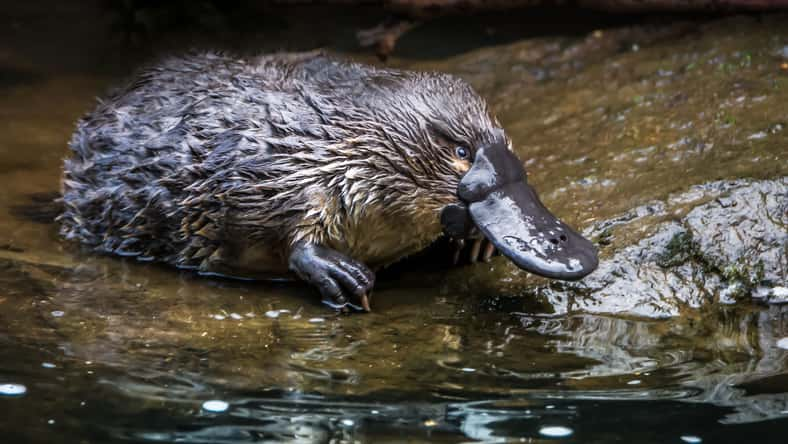The Oldest Known Platypus In The World Is 24-Years-Old, A Remarkable Feat For A Mammal That Typically Has A Life Expectancy Of Up To 12 Years In The Wild

In November 2000, a one-year-old male platypus found in Melbourne was tagged as part of a scientific survey.
More than two decades later, that same platypus was discovered once again, except now, he was 24-years-old! He is the oldest known wild platypus in the world.
Previously, the platypus that held the title was a 21-year-old female found in the wilderness of New South Wales. Usually, a platypus that is not being raised in captivity has a life expectancy between 10 and 12 years.
Geoff Williams, a biologist at the Australian Platypus Conservancy, was the one who had seen the animal all those years ago.
In the wild, platypuses encounter a lot of barriers to their survival, such as pollution, habitat loss, floods, and climate change.
They also have to protect their eggs from a long list of predators, including hawks, eagles, snakes, Tasmanian devils, and dingoes.
In addition, male platypuses will attack each other using venomous spurs to compete for female mates during breeding season.
With all the threats they must watch out for, it’s amazing to come across a platypus that has lived such a long life.
The area where the record-breaking platypus was detected is called Monbulk Creek. It’s small and secluded, making it difficult for predators to access.

Ash – stock.adobe.com – illustrative purposes only, not the actual platypus
Between 1997 and 2007, it contained only 12 to 29 platypuses. The competition for mates isn’t so fierce since the male-to-female ratio is roughly equal.
Still, the platypus faced its fair share of hardship. From 2001 to 2009, the Millennium Drought dried out waterways in most of southern Australia. That period was followed by dramatically increased rainfall, which caused major flooding.
According to a conservation biologist named Melody Serena, a number of surveys conducted in the platypus’s habitat in 2007 showed that the population had not been reproducing because of the lack of food resources in the area.
The scientists would not have been able to identify the 24-year-old platypus if it didn’t still have its original tag. As platypuses grow older, they look much different than when they were young.
Only nine members of the species have been known to live past 20 years, and they were all raised in captivity since they were young. The world’s oldest male is 25, and the oldest female is 30.
The International Union for Conservation of Nature lists platypuses as a “near threatened” species. Less than 300,000 of them are left in the world.
The discovery of the 24-year-old platypus hints at the health and resilience of the species, helping to guide conservation efforts.
It’s important to continue monitoring platypuses to ensure that their population is still persisting. To help protect the platypus, Melbourne Water, a corporation that manages Melbourne’s major water resources, conducts surveys and riverfrontage projects to maintain the mammal’s home.
Sign up for Chip Chick’s newsletter and get stories like this delivered to your inbox.
More About:Animals





